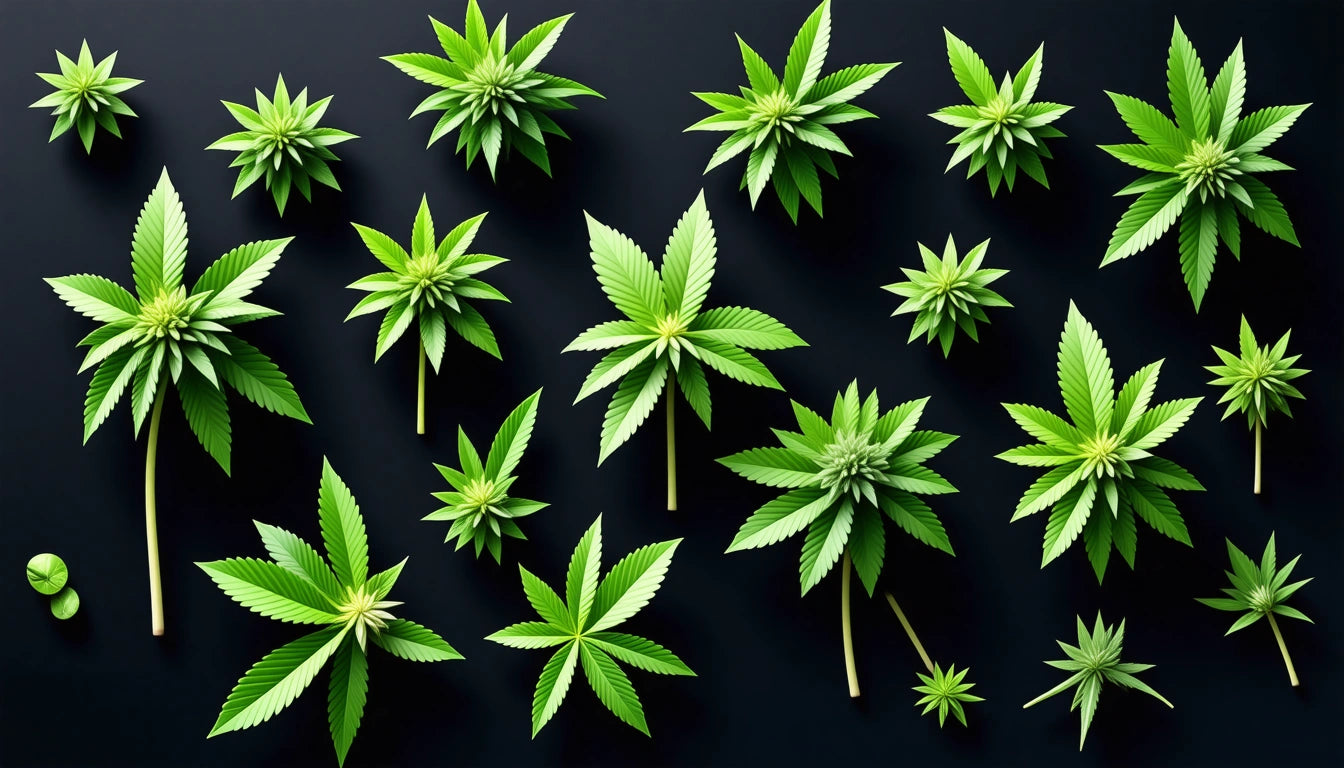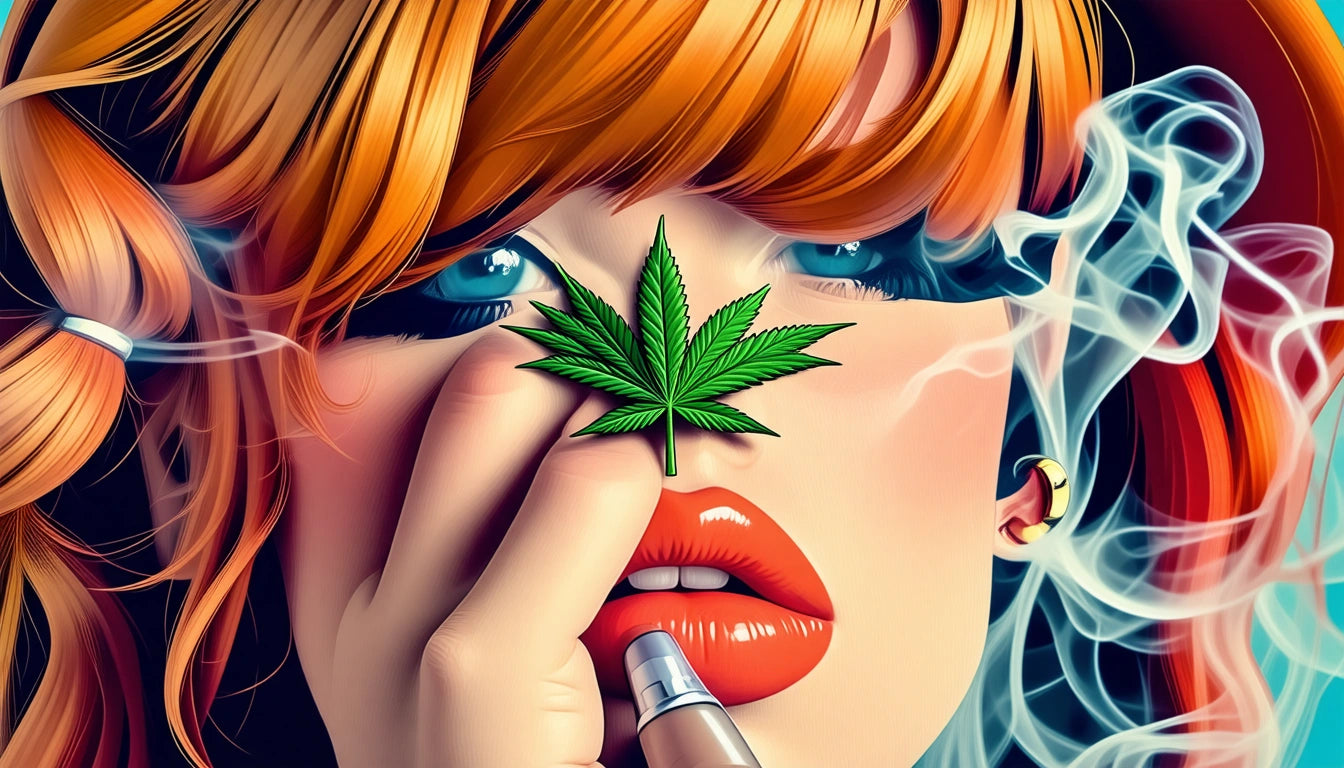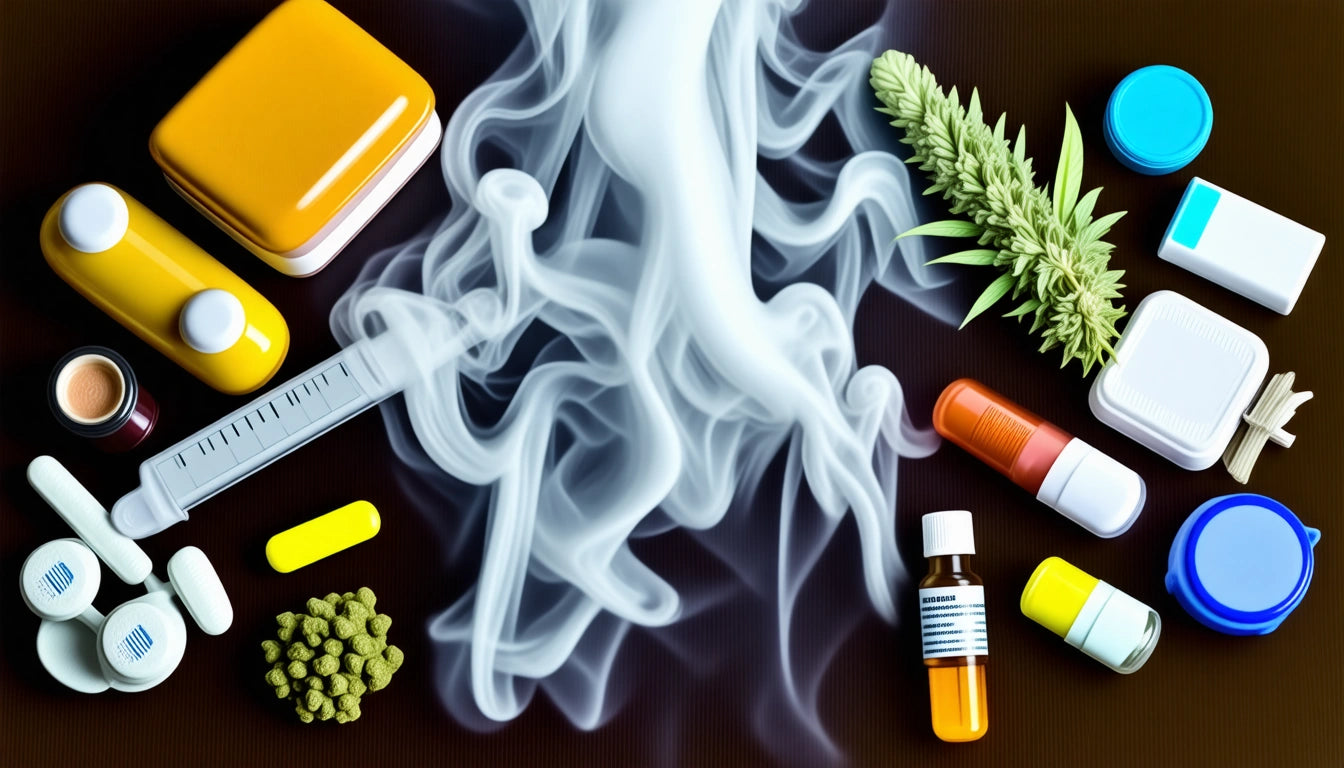Table of Contents
- Germination Light Requirements: Do Cannabis Seeds Need Light?
- Seedling Stage: First Light Exposure for Cannabis Plants
- Vegetative Stage: Maximizing Growth with Proper Lighting
- Flowering Stage: Light Spectrum and UV Requirements
- Outdoor Light Considerations: Does Cannabis Need Full Sun?
- Light Optimization Strategies for Successful Cannabis Cultivation
Understanding the Light Requirements for Cannabis Growth and Germination
Light is one of the most critical factors in cannabis cultivation, with different requirements at each growth stage. Understanding these needs helps growers optimize plant development from germination through harvest. This guide explores the specific light requirements throughout the cannabis lifecycle, addressing common questions about germination, UV light, and sunlight exposure.
Germination Light Requirements: Do Cannabis Seeds Need Light?
One of the most common questions new growers ask is whether cannabis seeds need light to germinate. The answer is straightforward: no, cannabis seeds do not need light to germinate. In fact, cannabis seeds germinate best in darkness.
According to our germination guide, seeds should be kept in a warm, dark environment during the germination process. The ideal conditions include:
- Temperature between 70-85 °F (21-29 °C)
- High humidity (70-90%)
- Darkness or very low light
- Consistent moisture
Seeds germinate naturally underground in the absence of light. The germination process is triggered by moisture and warmth, not by light exposure. Once the taproot emerges and the seedling breaks through the soil surface, light becomes essential.
To maintain optimal humidity during germination, many successful growers use humidity control packs to create the perfect microclimate for their seeds, ensuring consistent moisture levels throughout this critical phase.
Seedling Stage: First Light Exposure for Cannabis Plants
Once your seeds have germinated and the first leaves (cotyledons) appear, light becomes crucial. At this stage, seedlings require:
- 18-24 hours of light daily
- Moderate intensity (30-40% of full power for LED lights)
- Blue-dominant spectrum (6500K color temperature)
According to research on seedling light requirements, providing the right intensity is critical. Too much light can stress young plants, while insufficient light leads to stretching and weak stems.
For indoor growers, T5 fluorescent lights or low-intensity LED grow lights positioned 24-30 inches above seedlings work well. As seedlings develop their first true leaves, gradually increase light intensity while maintaining the blue-dominant spectrum that encourages compact, bushy growth.
Vegetative Stage: Maximizing Growth with Proper Lighting
During the vegetative stage, cannabis plants require more intense light to develop strong stems and lush foliage. The vegetative stage lighting requirements include:
- 18 hours of light and 6 hours of darkness daily
- Higher intensity (50-75% of full power for LEDs)
- Blue-dominant spectrum with some red (5000-6500K)
As detailed in our guide on optimal light requirements, plants in the vegetative stage benefit from increased light intensity and a spectrum that promotes structural growth.
For indoor cultivation, high-quality LED grow lights or metal halide (MH) lamps provide the ideal spectrum. The light should cover the entire canopy evenly to prevent uneven growth. Many growers implement light training techniques like LST (Low-Stress Training) to maximize light exposure to all branches.
Flowering Stage: Light Spectrum and UV Requirements
When cannabis plants enter the flowering stage, their light requirements change significantly. A common question is: does cannabis need UV light during flowering? While not absolutely essential, UV light can be beneficial.
Flowering stage light requirements include:
- 12 hours of light and 12 hours of uninterrupted darkness
- Full intensity (75-100% power)
- Red-dominant spectrum (2700-3500K)
- Optional supplemental UV-A and UV-B light
Research suggests that moderate UV exposure can increase trichome production as a natural defense mechanism, potentially enhancing cannabinoid and terpene profiles. However, too much UV can damage plants, so moderation is key.
According to our comprehensive grow light guide, high-pressure sodium (HPS) lights or full-spectrum LEDs with enhanced red output work best for flowering. If adding UV, limit exposure to a few hours during mid-day to mimic natural sunlight patterns.
Outdoor Light Considerations: Does Cannabis Need Full Sun?
For outdoor growers, understanding natural light requirements is essential. Does cannabis need full sun to thrive? Ideally, yes. Cannabis plants perform best with:
- At least 6+ hours of direct sunlight daily
- Additional hours of indirect light
- Protection from extreme midday sun in very hot climates
As outlined in our guide on sunlight requirements, cannabis evolved as a full-sun plant and generally produces the highest yields with maximum sunlight exposure. However, some strains, particularly indica-dominant varieties, can perform adequately with as little as 5 hours of direct sun plus dappled light.
When selecting an outdoor growing location, prioritize southern exposure (in the Northern Hemisphere) to maximize sunlight hours. In extremely hot climates, light shade during peak afternoon hours can prevent heat stress while still providing sufficient light energy for photosynthesis.
Light Optimization Strategies for Successful Cannabis Cultivation
Regardless of whether you're growing indoors or outdoors, these strategies can help optimize light for your cannabis plants:
- Use reflective materials to maximize light efficiency in indoor setups
- Implement training techniques like topping, LST, or SCROG to create even canopies
- Gradually adjust light intensity when transitioning between growth stages
- Consider light timing systems with gradual dimming to simulate sunrise/sunset
- Monitor plants for light stress signals (upward curling leaves, bleaching, or unusual coloration)
For outdoor growers planning their growing season, our guide on optimal timing provides valuable insights on when to plant based on your local light cycles and climate conditions.
For indoor growers, investing in quality lighting is crucial. Our review of top grow lights can help you select the right equipment for each growth stage, from seedling to harvest.
Remember that while light is crucial, maintaining proper environmental conditions like temperature, humidity, and airflow works synergistically with lighting to create optimal growing conditions. By understanding and implementing stage-specific lighting requirements, you'll be well on your way to a successful cannabis harvest.











Leave a comment
All comments are moderated before being published.
This site is protected by hCaptcha and the hCaptcha Privacy Policy and Terms of Service apply.